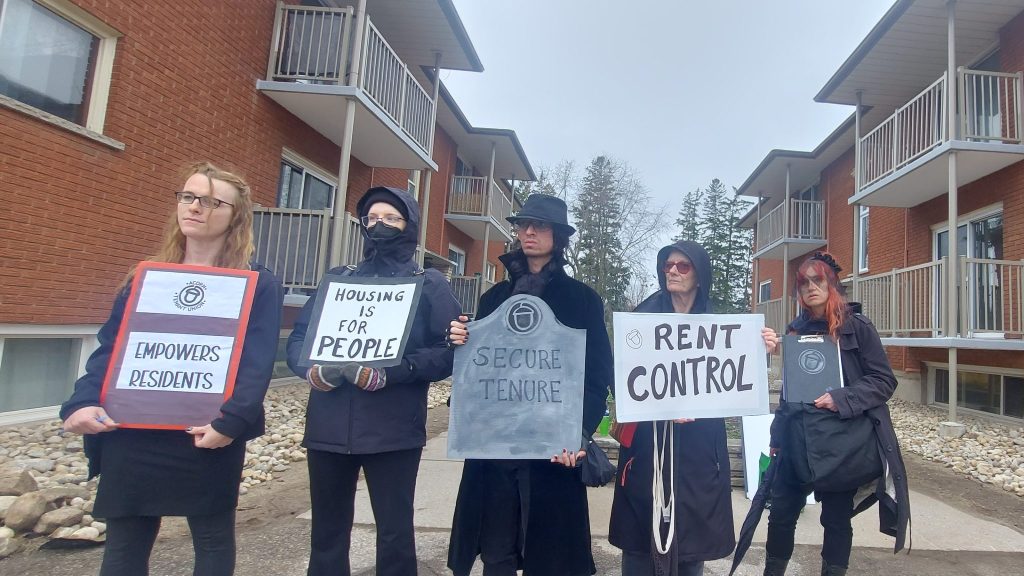‘That stuff lives with you:’ Juror advocate sympathizes with triple-murder jury
Posted Jun 28, 2017 08:48:31 AM.
Last Updated Jun 29, 2017 09:20:36 AM.
This article is more than 5 years old.
LETHBRIDGE, Alta. – A female juror who was randomly dismissed in the trial of Derek Saretzky erupted in anger as she left court Wednesday, leaving her compatriots to find the 24-year-old guilty of brutally murdering a senior, a young father and his two-year-old daughter.
“It’s not right to treat people this way,” she yelled at Justice William Tilleman. “You have us come against our will and then show us the door. It’s not right.”
It’s a situation that sparks the sympathy of jurors’ rights advocate Mark Farrant.
“I’ve heard that from a number of jurors saying that in some ways (it) is barbaric — the feeling that I sat through months and months of this and am told through a lottery that I’m not the one to see this through,” he told The Canadian Press in an interview from Toronto.
Tilleman had rejected a request to let all 14 jurors who were selected to sit through the trial — hearing day after day of gruesome evidence — determine Saretzky’s fate.
The law, he explained, does not allow more than 12 people to deliver a verdict. So just moments before deliberations began, Tilleman made a random pick and let two of them go.
It took the others just three hours to convict Saretzky of first-degree murder in the September 2015 deaths of Terry Blanchette, little Hailey Dunbar-Blanchette, and Hanne Meketech, 69.
Farrant said he knows what such a trial is like — he spent five months as a juror at the 2014 trial of Farshad Badakhshan, who was ultimately convicted of murdering his 23-year-old girlfriend, Carina Petrache.
He was later diagnosed with post-traumatic stress disorder, which spurred him to become an outspoken advocate for the need to provide counselling for jurors hearing horrific cases.
Farrant said the Saretzky jury has a difficult road ahead as they return to their normal lives.
“It’s a pretty awful one. I get about three-quarters through an article and I think, you know what, that’s enough,” he said.
The jurors at the Saretzky trial have been bombarded with horrific images of blood and death, at times breaking into tears or requesting a break.
That takes its toll every day, Farrant said.
“It’s impossible not to take that home with you. That stuff lives with you. You are so wrapped up in that case, I would be surprised if you are thinking about anything else,” said Farrant.
“Especially in a case as disturbing and heinous as the one involving Saretzky. I can’t imagine that they wouldn’t be wrapped up in that.”
The jury heard video confessions where the accused told police he bludgeoned and stabbed both Blanchette and Meketech. He also admitted to choking the little girl and then dismembering, cannibalizing and burning her body.
No clear motive emerged during the trial. Saretzky told police he was being told by the devil to do bad things, but he was found mentally fit to stand trial.
Farrant said a jury has to separate emotion from the simple facts of the case.
“You might feel through the case a number of emotions — revulsion, you might feel hostility toward that person and anger — but really you can’t let that cloud what you do at the end of the day.”
— Follow @BillGraveland on Twitter










